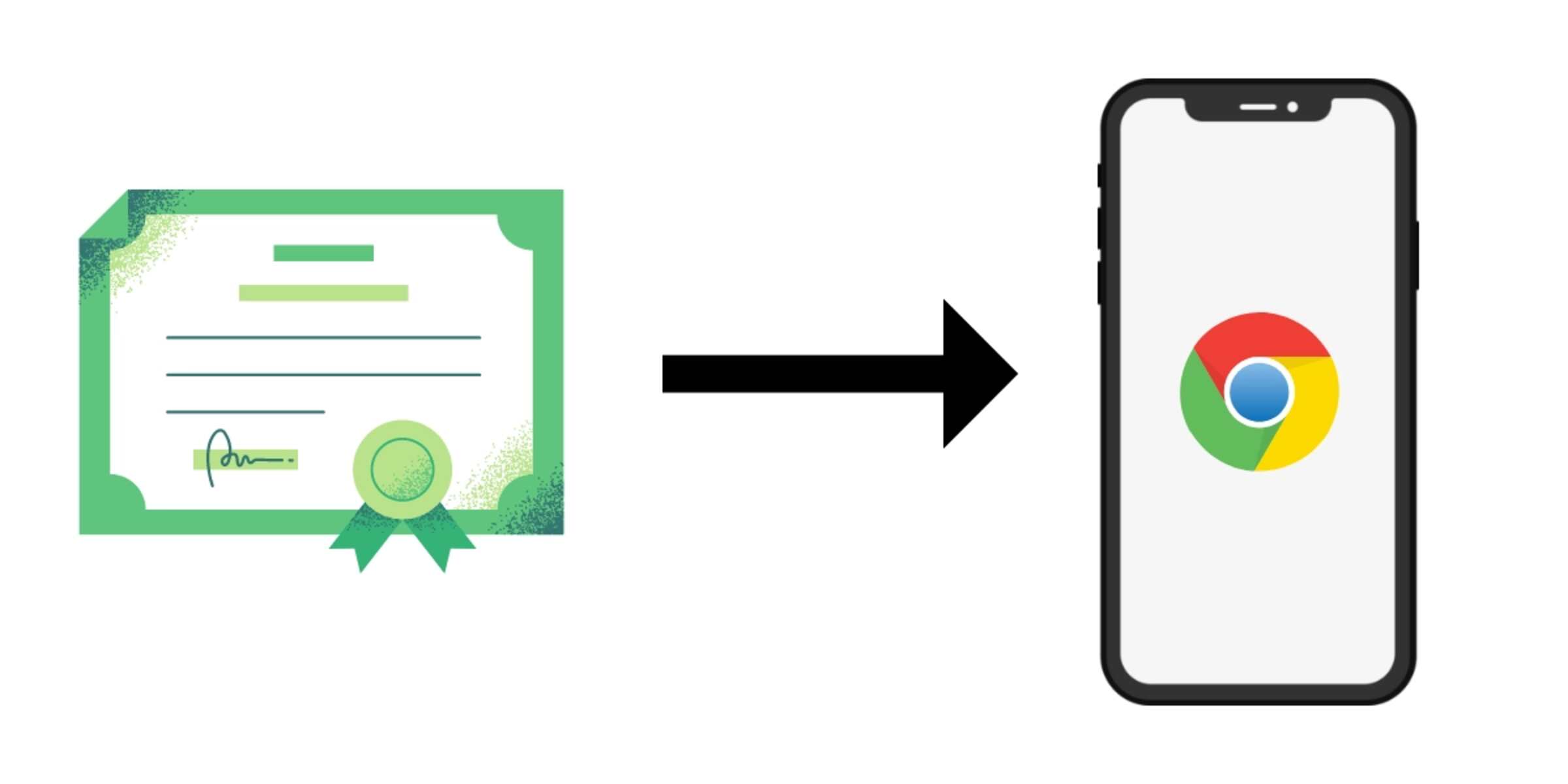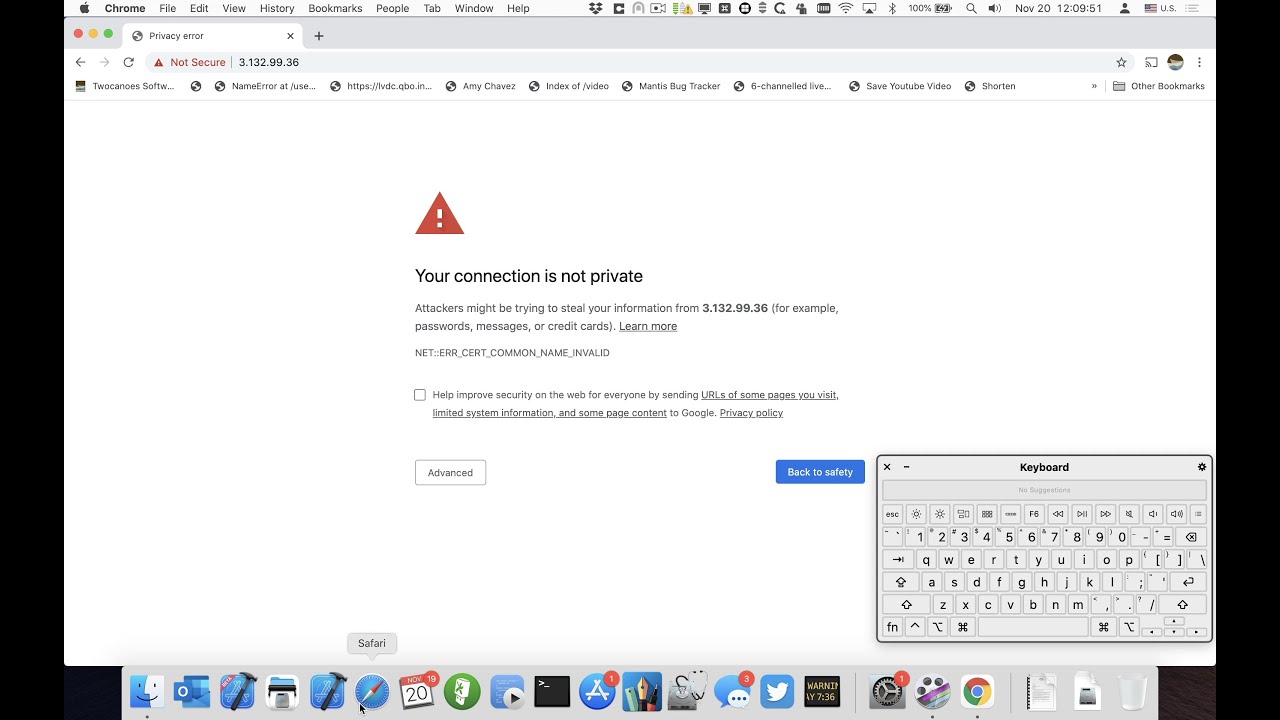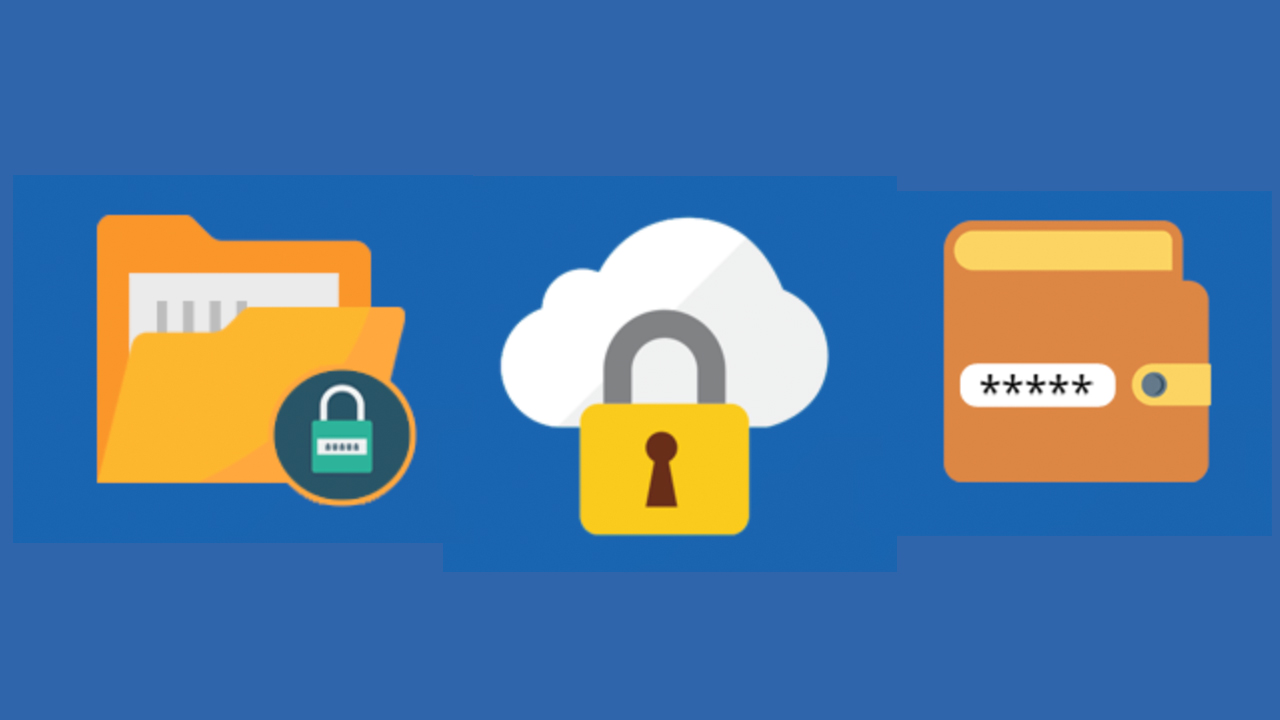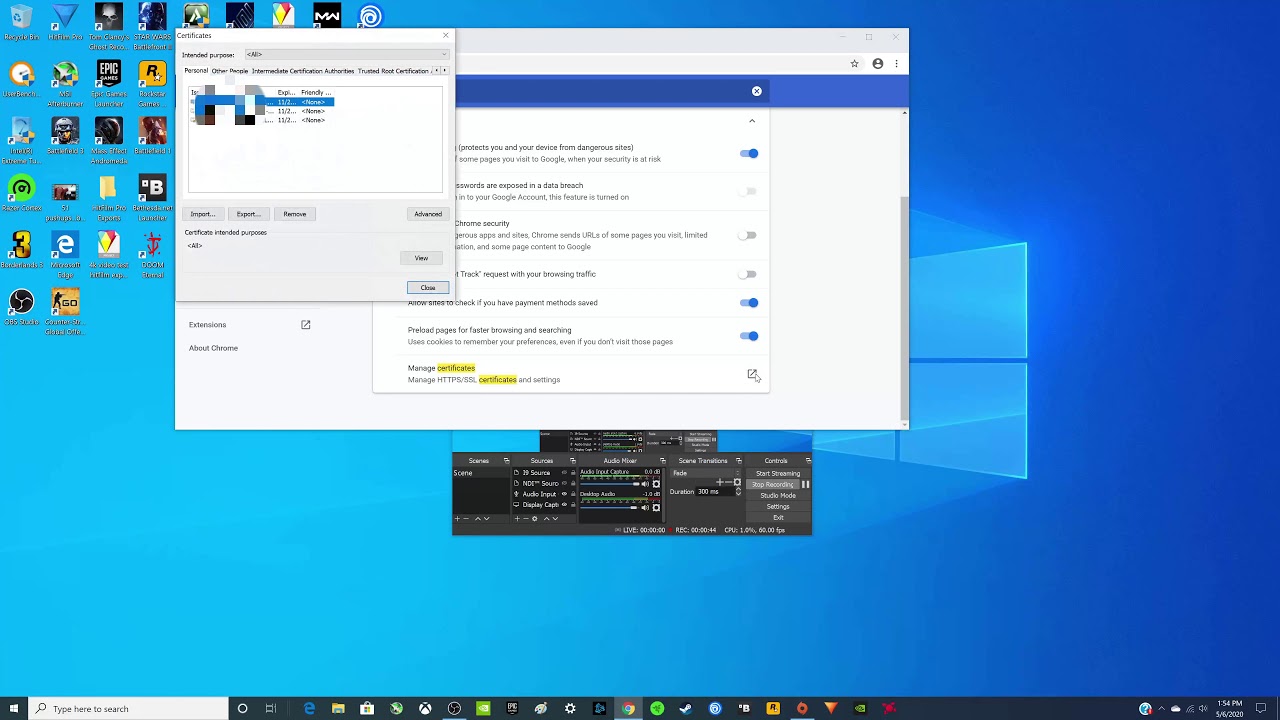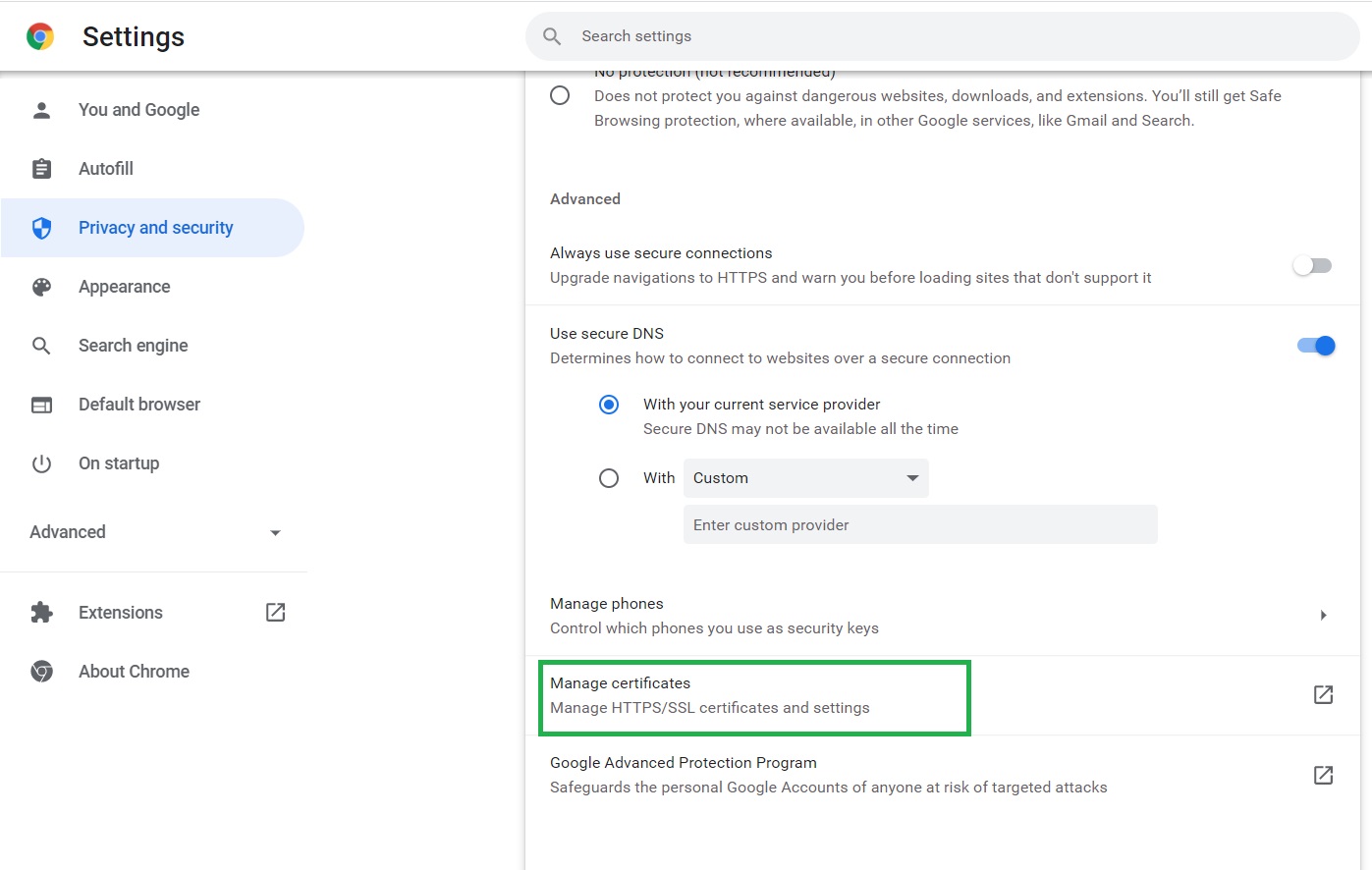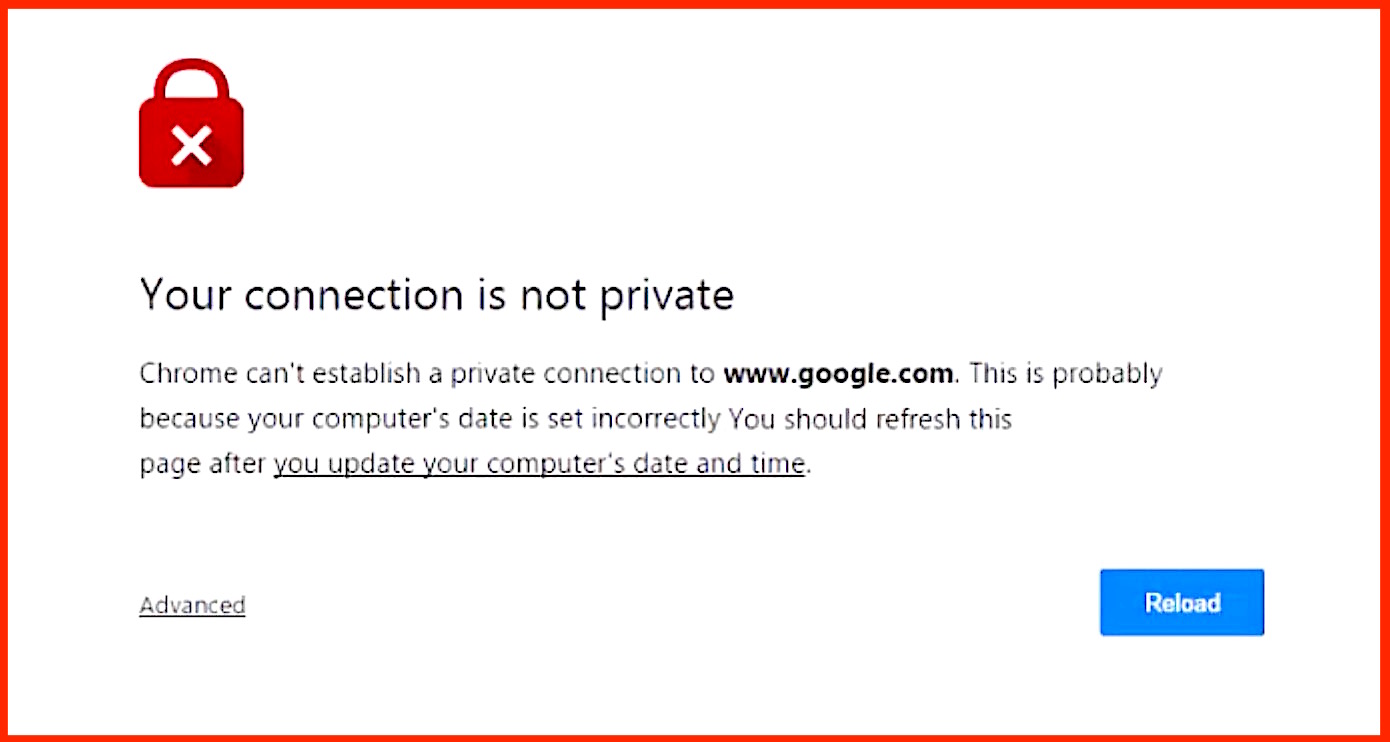Introduction
Installing a certificate in Chrome is a crucial process for ensuring secure and encrypted communication between your browser and various websites. Certificates play a pivotal role in validating the authenticity of websites and safeguarding sensitive data from unauthorized access. By following the steps outlined in this guide, you can effectively install a certificate in Chrome, bolstering your online security and privacy.
In the digital realm, certificates serve as digital passports, verifying the identity of websites and establishing encrypted connections. When a website presents a valid certificate, it signifies that the site is legitimate and can be trusted. This is particularly vital when transmitting sensitive information such as login credentials, financial details, or personal data. Without a valid certificate, the risk of data interception and unauthorized access significantly escalates.
By understanding the process of installing a certificate in Chrome, you empower yourself to take control of your online security. Whether you are a business professional handling confidential information or an individual concerned about safeguarding personal data, the ability to manage certificates in Chrome is a valuable skill.
In the subsequent sections, we will delve into the step-by-step process of accessing Chrome settings, managing certificates, importing the certificate, and verifying the installation. By following these instructions, you can navigate the intricacies of certificate installation with confidence, ensuring that your online interactions are shielded from potential security threats.
Now, let's embark on this journey to fortify your browsing experience by mastering the art of installing certificates in Chrome. Whether you are a novice or a seasoned user, this guide will equip you with the knowledge and skills necessary to enhance your online security posture. Let's dive into the first step: accessing Chrome settings.
Step 1: Accessing Chrome Settings
Accessing Chrome settings is the initial step in the process of installing a certificate in Chrome. To begin, launch the Chrome browser on your computer. At the top right corner of the browser window, you will find three vertically aligned dots, which represent the Chrome menu. Click on these dots to reveal a dropdown menu. From the dropdown menu, select "Settings." Alternatively, you can directly access the settings by typing "chrome://settings/" in the address bar and pressing Enter.
Upon entering the settings interface, you will encounter a plethora of options and configurations that allow you to customize your browsing experience. The settings are organized into different sections, such as "Privacy and security," "Autofill," "Advanced," and more. To proceed with installing a certificate, navigate to the "Privacy and security" section by clicking on it in the left-hand sidebar.
Within the "Privacy and security" section, locate and click on the "Security" tab. This tab houses various security-related settings that are integral to maintaining a secure browsing environment. Among the options presented, you will find "Manage certificates." Click on this option to access the certificate management interface, where you can import, view, and manage certificates associated with the Chrome browser.
Upon clicking "Manage certificates," a new window will open, presenting the "Certificates" dialog box. This dialog box serves as the central hub for managing certificates within Chrome. Here, you can view existing certificates, import new ones, and configure certificate-related settings. This is where you will proceed to import the certificate, a crucial step in fortifying the security of your browsing activities.
Accessing Chrome settings is the foundational step that sets the stage for managing certificates and enhancing the security of your browsing experience. By familiarizing yourself with the settings interface and navigating to the "Manage certificates" option, you pave the way for the subsequent steps in the certificate installation process. With this foundational knowledge in place, you are ready to delve into the intricacies of managing certificates within Chrome, a pivotal aspect of bolstering your online security.
Step 2: Managing Certificates
Upon accessing the "Manage certificates" interface within Chrome, you are presented with a comprehensive array of options for overseeing and controlling certificates associated with the browser. This pivotal step in the certificate installation process empowers you to navigate through existing certificates, import new ones, and configure certificate-related settings, thereby fortifying the security of your browsing activities.
The "Certificates" dialog box serves as the central hub for managing certificates within Chrome. Here, you can seamlessly navigate between different tabs, each offering distinct functionalities related to certificates. The "Personal" tab, for instance, allows you to view and manage personal certificates associated with your browsing activities. These certificates are often utilized for activities such as email encryption and digital signatures, enhancing the security and authenticity of your online communications.
In addition to the "Personal" tab, the "Other People" tab provides a platform for managing certificates associated with other users of the browser. This feature is particularly valuable in shared computing environments, where multiple users may have distinct certificate requirements and preferences. By efficiently managing certificates for different users, Chrome ensures a tailored and secure browsing experience for each individual.
Furthermore, the "Intermediate Certification Authorities" tab offers insights into the intermediate certification authorities that play a crucial role in validating the authenticity of websites. These authorities act as intermediaries between root certificate authorities and end-entity certificates, forming a hierarchical chain that underpins the trustworthiness of websites. By managing intermediate certification authorities, you can fine-tune the validation process, ensuring that only legitimate and trustworthy authorities are utilized in the certificate validation chain.
The "Trusted Root Certification Authorities" tab is equally significant, as it provides a comprehensive overview of the trusted root authorities that form the bedrock of certificate validation. These authorities are inherently trusted by the browser, and certificates issued by these entities are automatically deemed trustworthy. By managing the trusted root certification authorities, you can exert control over the foundational elements of certificate validation, customizing the trust model to align with your security requirements.
In essence, the "Manage certificates" interface within Chrome offers a multifaceted platform for overseeing and controlling various aspects of certificate management. By navigating through the different tabs and leveraging the functionalities provided, you can tailor the certificate ecosystem to align with your security preferences, thereby fortifying the security and authenticity of your browsing activities. This meticulous management of certificates forms a critical pillar of the overall certificate installation process, laying the groundwork for a robust and secure browsing experience.
Step 3: Importing the Certificate
Importing a certificate into Chrome is a pivotal step in fortifying the security of your browsing activities. By seamlessly integrating the certificate into the browser's ecosystem, you establish a foundation of trust and authenticity, ensuring secure and encrypted communication with websites. The process of importing a certificate is straightforward, empowering you to bolster your online security posture with ease and confidence.
To initiate the certificate import process, navigate to the "Manage certificates" interface within Chrome. This can be accessed by clicking on the "Security" tab within the "Privacy and security" section of the Chrome settings, followed by selecting the "Manage certificates" option. Upon entering the "Certificates" dialog box, proceed to the "Personal" tab, which houses certificates associated with your browsing activities.
Within the "Personal" tab, click on the "Import" button to commence the certificate import process. This action triggers a dialogue box prompting you to select the certificate file for import. Ensure that you have the relevant certificate file readily accessible on your computer, as you will need to locate and select it for import.
Upon selecting the certificate file, click "Open" to initiate the import process. Chrome will seamlessly integrate the certificate into its repository, thereby establishing a secure and trusted connection with the associated entity. This process is instrumental in validating the authenticity of websites and enabling encrypted communication, safeguarding your sensitive data from potential security threats.
After importing the certificate, it is essential to verify its successful integration within Chrome. This can be accomplished by navigating to the "Other People" tab within the "Certificates" dialog box, where you can verify the presence of the imported certificate. Additionally, you can leverage the certificate for activities such as email encryption and digital signatures, further enhancing the security and authenticity of your online communications.
By adeptly importing the certificate into Chrome, you fortify the security of your browsing activities, establishing a robust foundation of trust and authenticity. This seamless integration of certificates empowers you to navigate the digital landscape with confidence, knowing that your online interactions are shielded by encrypted connections and validated by trusted certificates. With the certificate successfully imported, you are poised to embark on the final step: verifying the installation, thereby ensuring the seamless integration of the certificate into the Chrome browser.
Step 4: Verifying the Installation
Verifying the installation of the certificate is a critical step in ensuring that the integration process has been executed successfully. By meticulously confirming the presence and functionality of the imported certificate, you can ascertain that your browsing activities are fortified with secure and encrypted connections, bolstering your online security posture.
To initiate the verification process, navigate to the "Other People" tab within the "Certificates" dialog box in Chrome. This tab serves as a comprehensive repository for managing certificates associated with other users of the browser. Here, you can verify the presence of the imported certificate, ensuring that it has been seamlessly integrated into the browser's certificate ecosystem.
Upon locating the imported certificate within the "Other People" tab, you can delve into its details to validate its attributes and functionalities. By inspecting the certificate's properties, such as its validity period, issuer details, and associated key usage, you gain insights into its integrity and suitability for establishing secure connections with websites.
Furthermore, you can leverage the imported certificate for various activities, such as email encryption and digital signatures, thereby validating its functionality and versatility within the browser. By utilizing the certificate for these purposes, you not only fortify the security of your online communications but also affirm its seamless integration into the Chrome browser.
In addition to verifying the presence and functionality of the imported certificate, it is prudent to conduct a test scenario wherein the certificate is utilized to establish a secure connection with a website. By visiting a website that utilizes the imported certificate for encryption, you can validate the successful establishment of a secure connection, thereby affirming the efficacy of the certificate integration process.
By meticulously verifying the installation of the certificate, you solidify the foundation of trust and authenticity within your browsing activities. This meticulous validation process ensures that your online interactions are safeguarded by secure and encrypted connections, underpinned by trusted certificates seamlessly integrated into the Chrome browser.
With the successful verification of the certificate installation, you can navigate the digital landscape with confidence, knowing that your online security is fortified by the seamless integration of trusted certificates within the Chrome browser.







